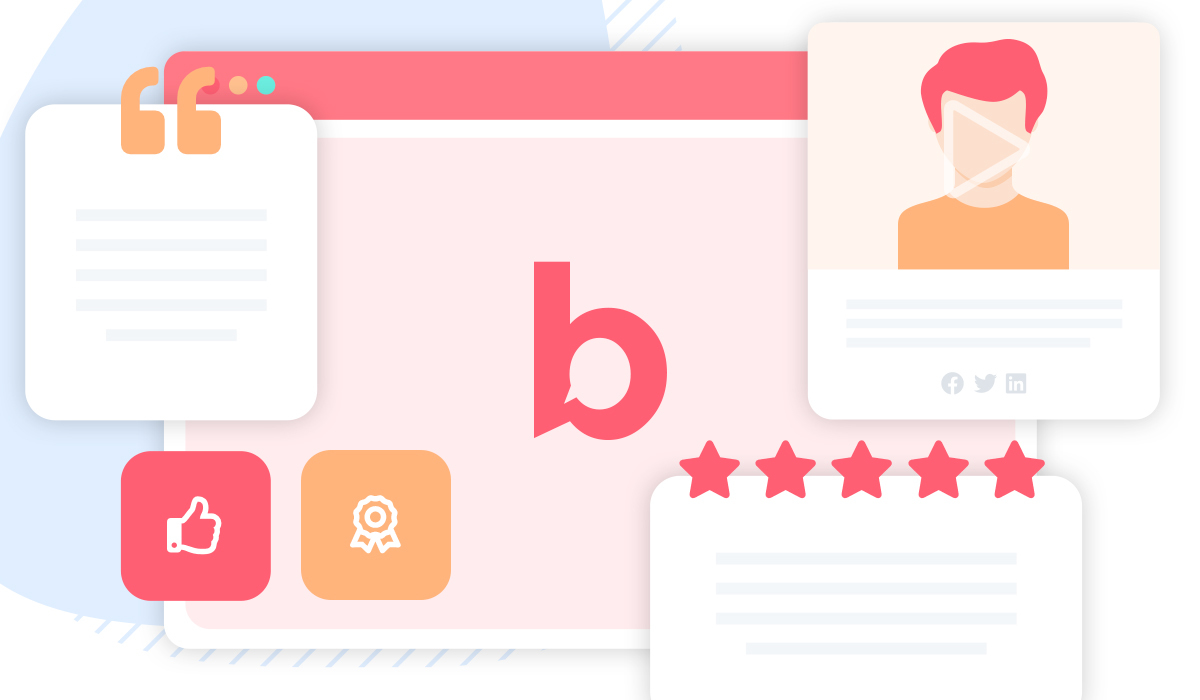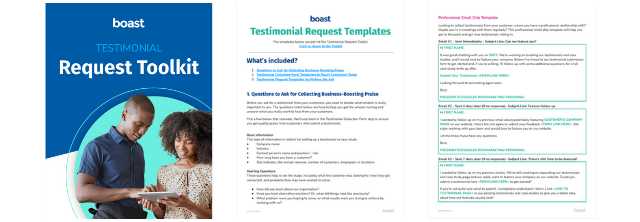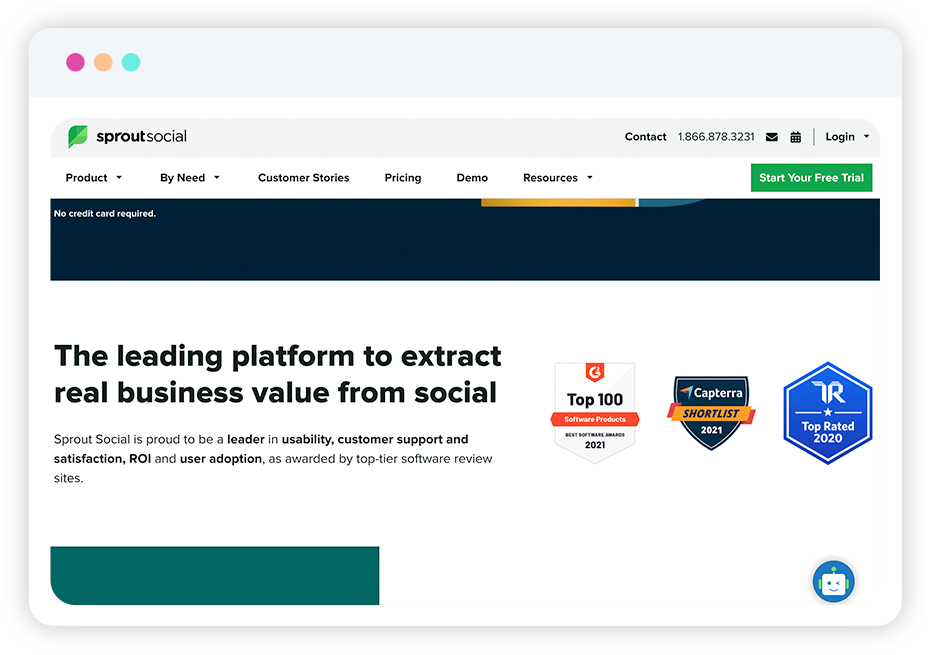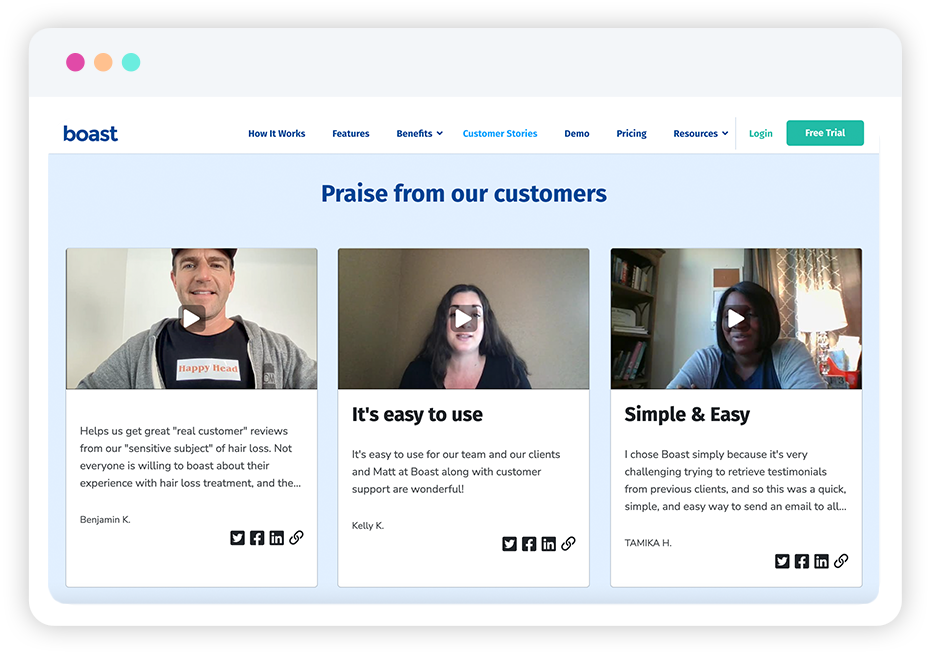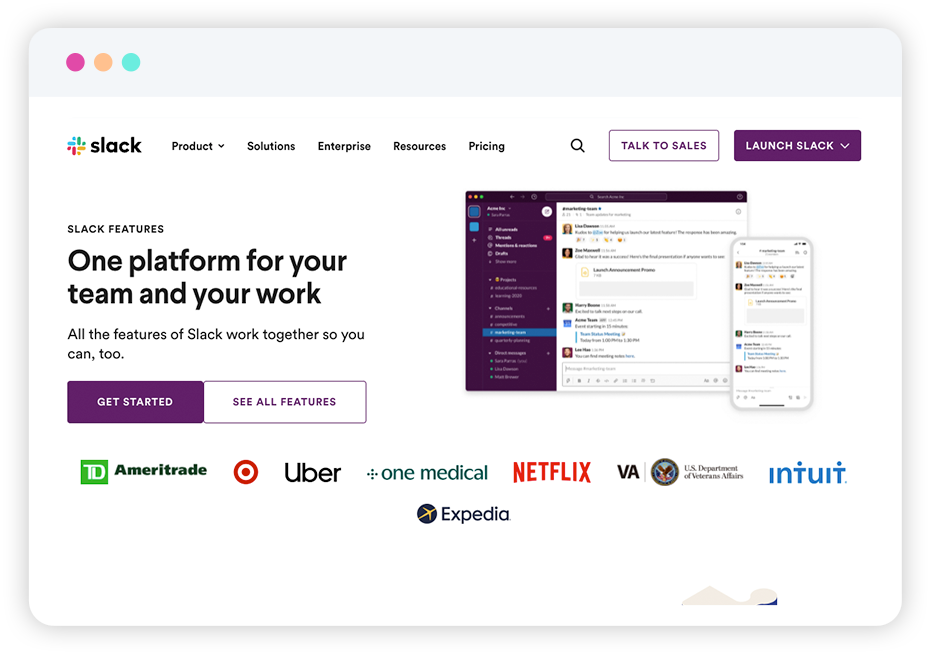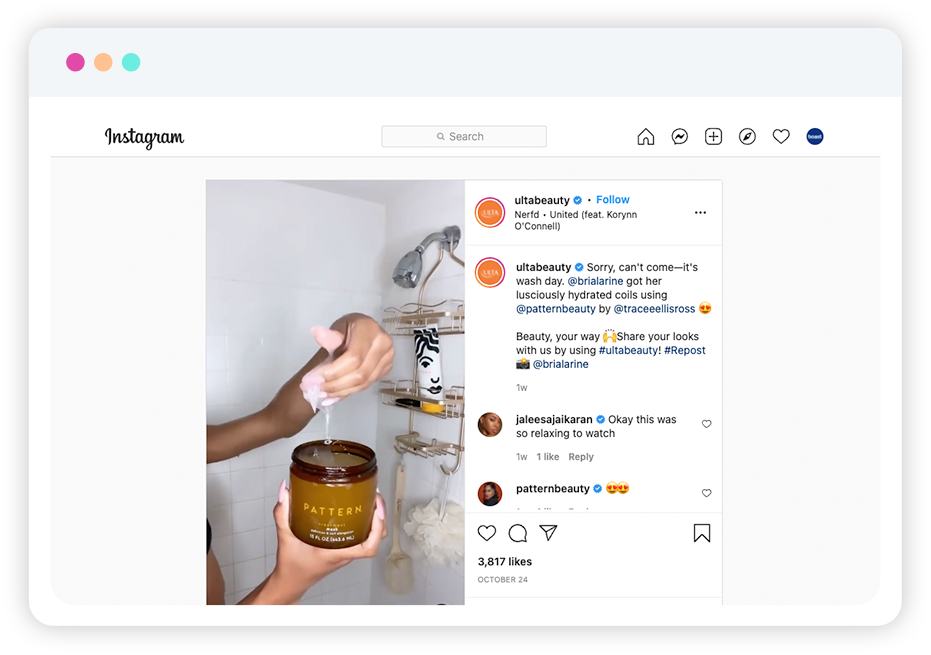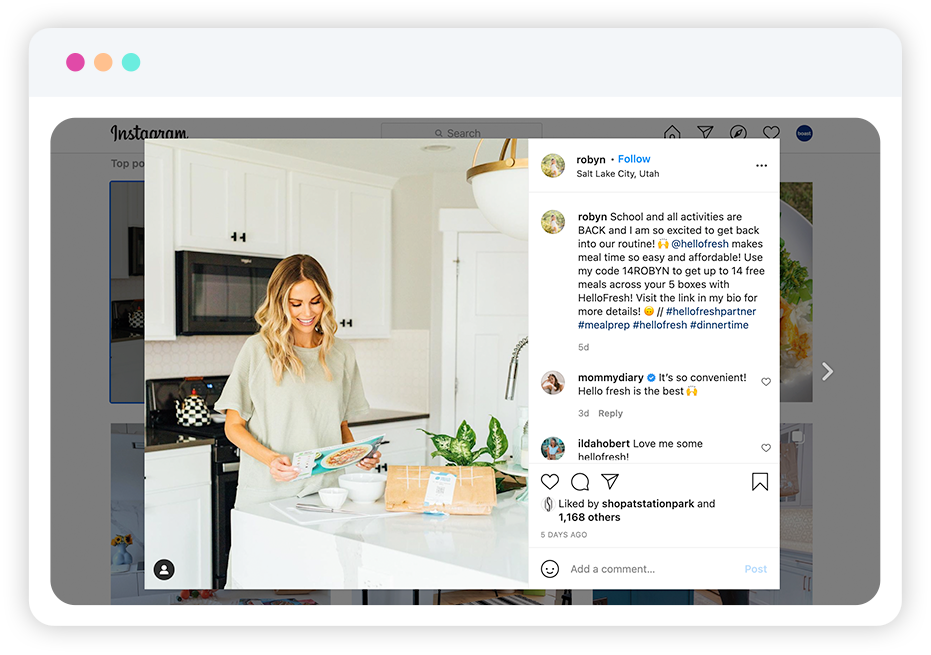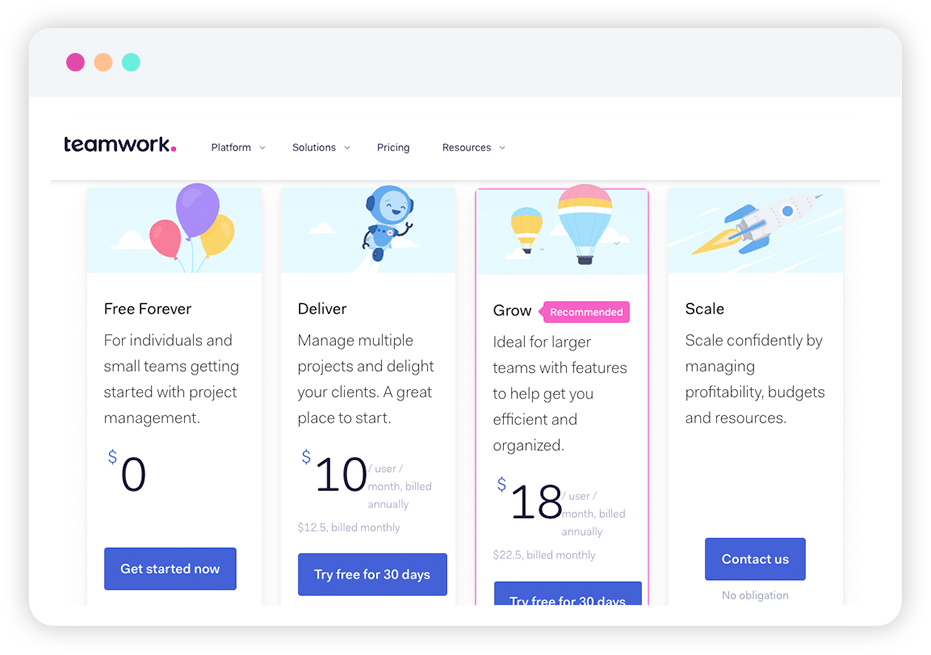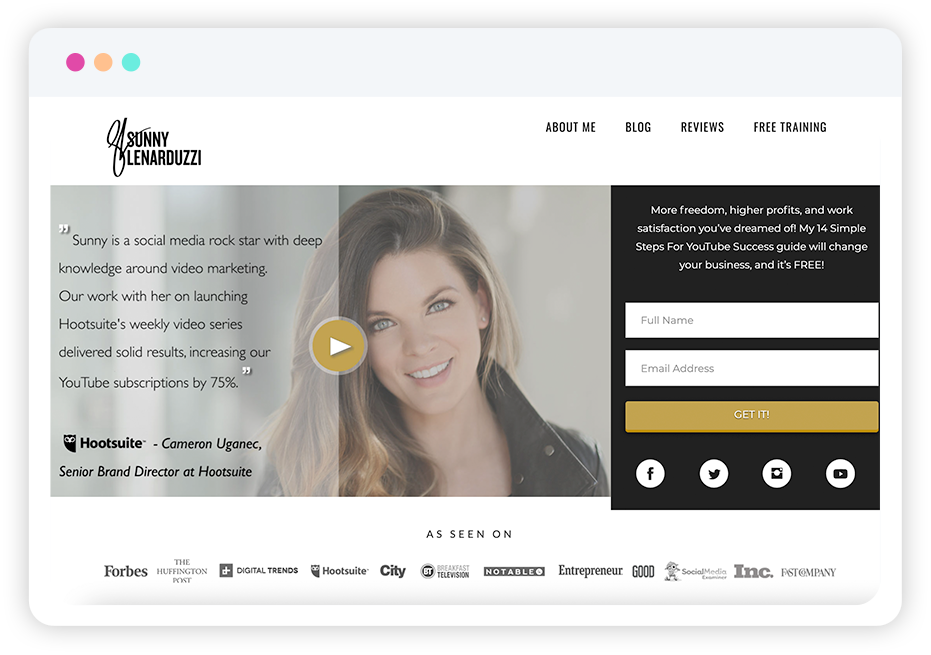When researching a new product or service, consumers often rely on what other people have to say. They want to see proof that the product or service does what the brand claims it can do. Making promises to prospects is no longer enough, consumers need proof – social proof. In this blog, we’ll discuss what social proof is and 11 powerful ways to use social proof in your marketing.
What is Social Proof?
Social proof is a psychological “phenomenon where decision-making becomes credible and validated through the behaviors of others” (Dynamic Yield). It can be similar to the “herd mentality” where we think and behave more like a group instead of individually. When people research online for a new product or service, they’re often looking for social proof.
As a marketer, you can help prospects easily find the proof they’re looking for. We call this Proof-Based Marketing, a modern marketing strategy for building trust with prospects to increase leads and sales. This approach relies on testimonials and reviews to build trust with prospects. With social proof, you can tell stories about past customers and how your product or service was able to help them solve their problems.
11 Powerful Ways to use Social Proof in Your Marketing
Proof-Based Marketing allows you to connect with your current customers and wow prospects. One of the key elements in Proof-Based Marketing is social proof. When used correctly, social proof can have an incredible impact on your brand by building trust and increasing sales. Below are eleven powerful ways to leverage social proof, with examples for each one.
1. Customer Reviews
Build up trust in your brand and increase your online reputation with customer reviews. It’s a simple but powerful form of social proof that can help increase your sales and grow your business. A customer will usually leave a review without prompting, but encouraging your customers to write reviews is highly beneficial.
Over 93% of consumers take online reviews into account before making a purchase. Therefore, it’s crucial to actively request your customers to leave online reviews. An unhappy customer is more likely to leave a review than one who had a positive experience. As you can see in the example above, Ferne Boutique had a 7-month span between their latest reviews and the most recent is a neutral review. Negative online reviews are not necessarily a bad thing, but you do want to ensure you have a healthy balance between negative and positive reviews.
Featured Resource: Testimonial Request Email Templates
Download the Testimonial Request Toolkit
2. Data & Numbers
Social proof can also come from data and numbers about your business. Think about how many customers you’ve helped or how long you’ve been in the business. These are numbers you can display on your website, as advertisements, and on your social channels.
Hubspot does a phenomenal job of highlighting essential data from their product and services. They highlight their monthly bog visits, certified professionals who completed their courses, app marketplace integrations, and more.
If your business is relatively new, focus on numbers that make you seem more significant. For example, focus on percentages by using a customer survey to determine overall satisfaction and other metrics.
3. Awards
Display awards your business received proudly and leverage them as social proof. Awards establish credibility and show you as a leader in your industry. Sharing your awards may encourage visitors and leads to go with your brand over another. The most common place to share these awards are on your website, but they could also be shared on social channels or used in ads as well.
Here is an example from Sprout Social’s website where they feature a few awards they’ve received. As you can see, they include the award logos with a text description to highlight their achievements. Adding a short description of the awards is helpful to provide further context as to why you received them.
4. Real-time Sales Notifications
Create a real-time shopping experience online with sales pop notifications. With this type of social proof, you can share basic information about your recent customers and what they purchased. These notifications leverage FOMO or the fear of missing out by showing casual browsers that people are actively making purchases from your business.
TrustPulse is a popular option for these pop-up notifications and leverages them well on their own site. These notifications can be customized to just the customer’s first name, their general location, and even just how many people have interacted with the site. TrustPulse claims this type of social proof can increase site conversions by up to 15%, instantly.
5. Testimonials
Testimonials are a powerful form of social proof. People trust what other people say about a product or service, even if they’re a stranger. Therefore, it’s crucial to include testimonials in your marketing to show real people who experienced your product/service.
Here is an example of a page on Boast’s website that is dedicated to customer stories. This page features embedded video testimonials that visitors can explore to learn how Boast is able to help solve problems with their customer feedback platform. A landing page dedicated to your customer’s testimonials is a great way to display this type of social proof. Testimonials can also be used in advertisements or shared on social media.
Featured Resource: Testimonial Request Email Templates
Download the Testimonial Request Toolkit
6. Customers’ Logos
If you have well-known brands as customers, leveraging their logo as social proof can boost your trust. Brands are important to consumers, and if they recognize another brand that uses your product, it may be just enough to encourage them to try. Customers’ logos are great for websites and landing pages.
Slack works with many well-known brands including Target, Uber, Netflix, and more. They’ve added these companies’ logos throughout their website to show visitors proof of who leverages their product.
If you want to use this type of social proof, be sure to ask permission to use the brand’s logo before including it on your website or other marketing materials. If proper consent is not given, your business could be charged for trademark infringement.
7. Case Studies
Case studies are a great way to showcase data-driven results from your satisfied customers. This in-depth analysis shows how your customer successfully worked with you and your product/service to achieve significant results. Case studies appear similar to a blog post but include elements found in testimonials. The business and customer will typically collaborate in the writing process to put a case study together.
The example shown here is from Hootsuite, an all-in-one platform to manage social media. A case study will share details about who the customer is and what they were able to achieve using a brand’s product or service. In this particular example, we see text to describe the problem and how they were able to overcome it with Hootsuite. The key here is to highlight important statistics and include direct quotes from the customer.
Case studies can be added to your website or shared across social media. In this case, your customer may share the results with their colleagues, which could increase traffic to your site.
8. User-generated content
User-generated content (UGC) is a powerful form of social proof that is created by your customers (the users) and shared online, typically through social media. The content can range from a tweet on Twitter, a full video review, an image review on Instagram, a TikTok that features your product, and so on. For the most part, your customers create this content because they truly love it and want to share it with others. However, UGC can be incentivized as well with a contest or giveaway.
Ulta leverages the ongoing hashtag of #ultabeauty to capture UGC from its customers. This particular example is from a customer who shared her hair washing routine with Pattern Beauty products. Most often, customers love to see their content shared on the company’s social media channel as it can mean more exposure for them (if that is something they’re looking for). It ends up being a win-win for both the business and the customer!
9. Endorsements
Endorsements can be from organizations, celebrities, or influencers. Most endorsements have a cost associated with them, but sometimes they can be free. Inquire with social media influencers in your niche to see if they’d be interested in trying your product. Influencers and celebrities have large followings on social media and can easily influence people to visit your site.
This example of an endorsement comes from Robyn on Instagram for HelloFresh. Robyn has over 50,000 followers and focuses her content on fashion, traveling, home, and motherhood. Her niche overlaps with what HelloFresh offers, which may influence her followers to check it out.
While endorsements can help drive traffic, it does not guarantee that it will increase sales. Take the time to find the right celebrities and influencers with a loyal following that matches your targeted audience.
10. Highlight Popular Choices
Consumers can sometimes be overwhelmed by the number of choices available to them – a phenomenon referred to as the Paradox of Choice. When shopping for clothes, consumers may struggle with the choices of color, size, pattern, and so on. Provide information on your eCommerce site to assist with these decisions by highlighting popular options and including a “fit guide” so shoppers know if they should size up or down based on other customer feedback. Amazon leverages the fit guide to limit the uncertainty of which size a customer should select.
Businesses who sell a service or software as a service can also leverage this type of social proof. Teamwork offers a tool for businesses to manage projects efficiently. They have a few options but highlight the recommended (or most popular) option. If a prospect is between two options, they may choose the recommended plan as it conforms with what others have selected.
11. Press Features
News sites and magazines are great resources to expand your audience reach. If your business has been featured in an article on a well-known site, you should include it in your marketing as social proof. Press features allow you to reach an untapped audience, and you can leverage these features on your website as social proof.
The example shown above is from Sunny Lenarduzzi’s website which includes multiple press features. One of the first things you see on her site is a quote directly from a Senior Brand Director at Hootsuite. She also highlights logos of other organizations that have featured her brand.
Featured Resource: Testimonial Request Email Templates
Download the Testimonial Request Toolkit
Transform Your Marketing Strategy with Social Proof
Proof-Based Marketing is a modern marketing strategy that leverages social proof to grow your business. Help your prospects easily find the proof they need to make efficient buying decisions. If you’re just getting started, try reaching out to your current customers to request reviews and testimonials. From there, you can build a library of proof to leverage in your marketing.
Posted in: Social Proof

